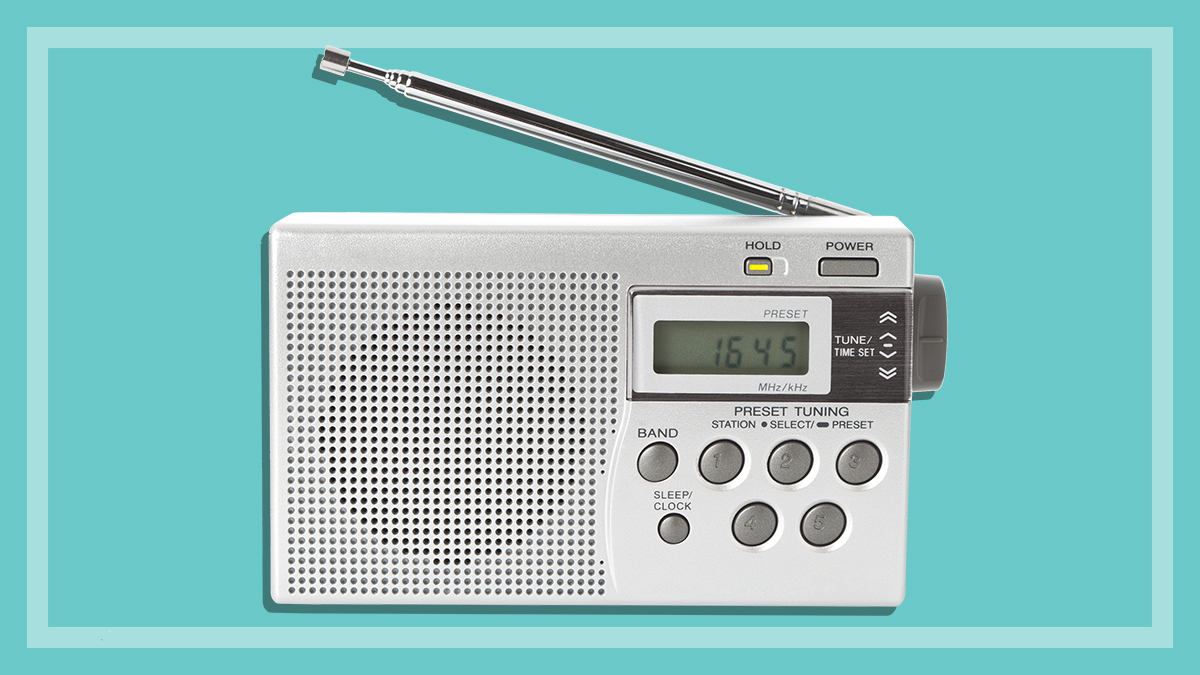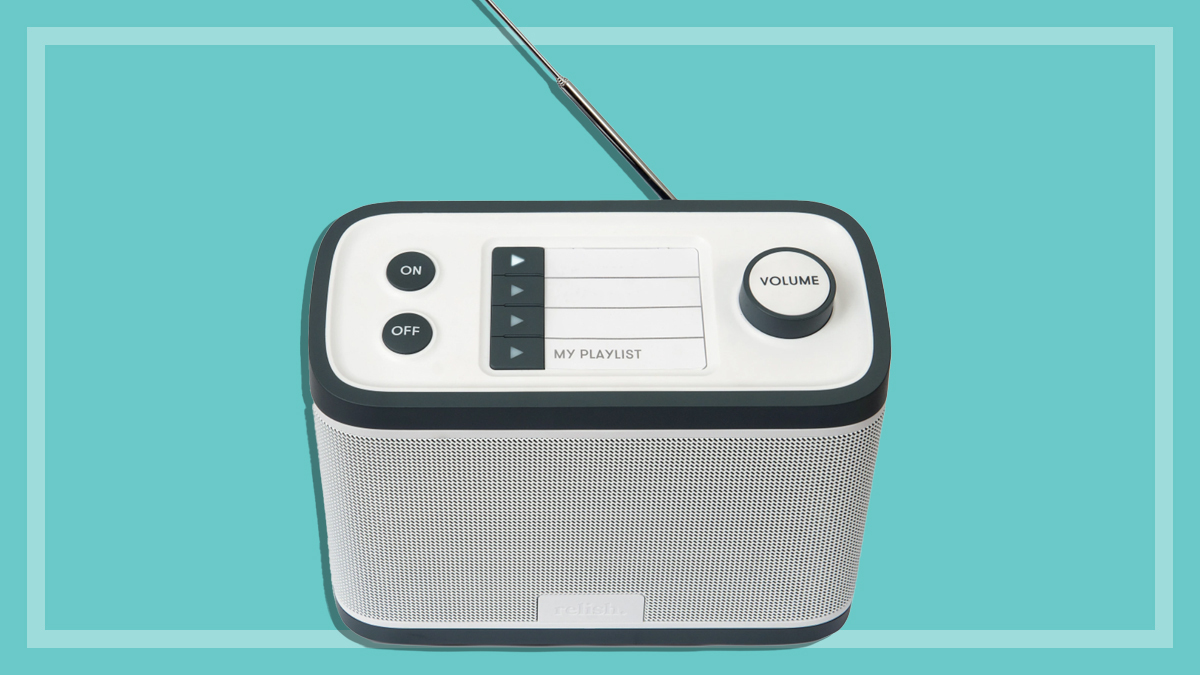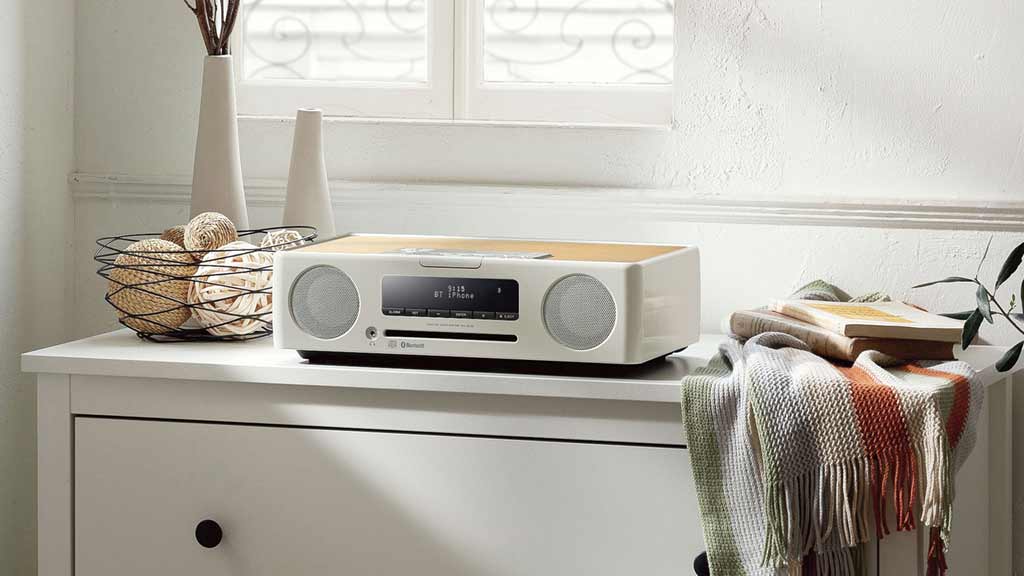Get our independent lab tests, expert reviews and honest advice.
How to buy a great digital radio
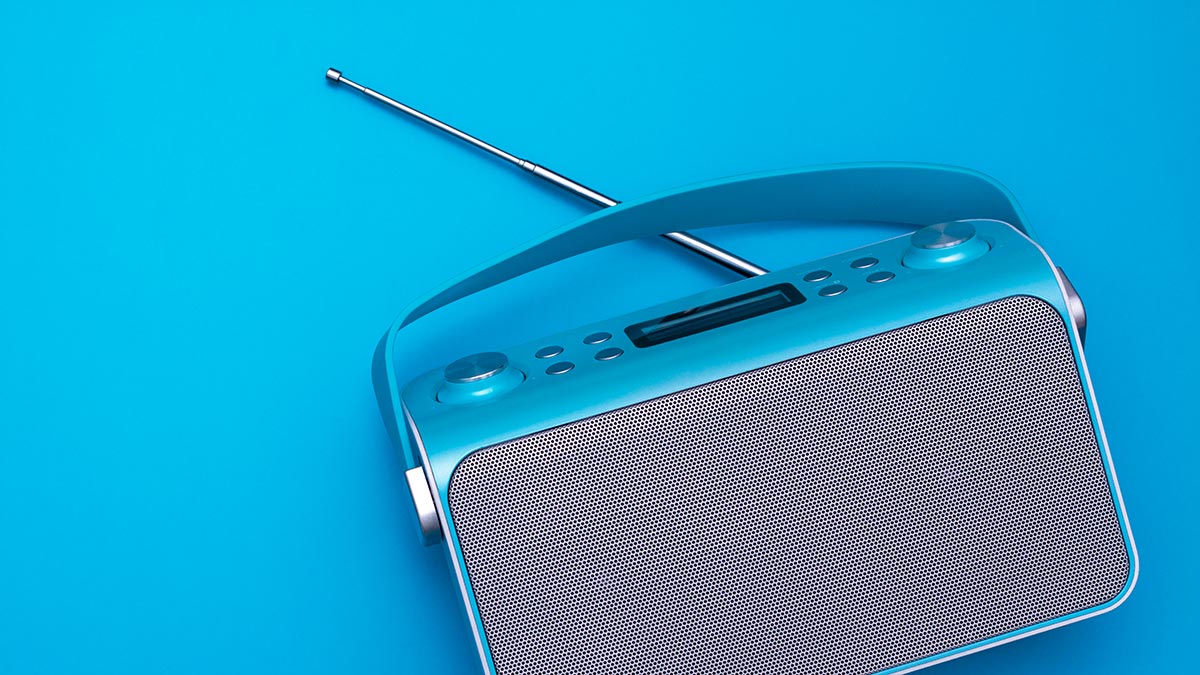
Despite the best efforts of records, videos, cassettes, CDs and music streaming, radio has survived every single format that was ‘destined to kill broadcasting’. In fact, digital broadcasting is still going strong, and there are plenty of home radios to choose from. These range from basic portable models all the way up to high-end hi-fi units for serious audio enthusiasts.
On this page:
- What is digital radio?
- How to use a digital radio
- Can digital radios pick up AM and FM broadcasts?
- Environmental benefits of DAB+
- Can digital radios stream music and online radio?
- Other important features
- How much do digital radios cost?
What is digital radio?
Digital radio claims to offer a handful of improvements over standard analogue broadcasts. Improved audio quality is the big hook, but digital radio can also transmit information like the artist name and song title, album art and even the weather. Australia uses an upgraded version of the global Digital Audio Broadcasting standard called DAB+. The process is also more energy-efficient and cheaper to deliver to consumers than FM and AM broadcasting.
This is similar to music streaming services like Spotify or Apple Music. But unlike streaming, digital radio broadcasts its data package instead of sending it over a network which means you don’t need to worry about data usage at home or when you’re on the go.
Most major stations simultaneously broadcast (aka simulcast) in digital which means you can pick up Triple M or WSFM, for example, on your digital radio and FM tuner. But there are a number of stations available exclusively in digital as well. These are usually offshoots from big broadcasters with more of a specific genre focus such as ABC Jazz, Nova 90s and SBS Pop Asia. Check out the full list of digital stations.
Digital radio also hosts pop-up stations. These are temporary channels which coincide with a special event or time of year, such as the annual Christmas carols station, Elf Radio or a band touring throughout the country with pop-up stations in each city. Then there are the random ones like Coles Radio – yes, that’s the same music you hear in the supermarket.
What about community radio?
Digital radio is less common amongst local and community broadcasters. Check the station’s website or social media pages before buying to make sure your favourite station is available.
How to use a digital radio
Before buying, you need to make sure that digital radio is available in your area. Though it’s rolled out in all capital cities, coverage is less consistent in regional areas. Head to the Digital Radio Plus website and enter your postcode to see if you can access it. The site also provides maps of city regions showing the areas of good reception as well as marginal areas.
In terms of use, a digital radio is just like an analogue model or TV. Plug it in, turn it on, tell it to scan for stations and it does the rest. You can browse all stations in your area and save your favourites as presets.
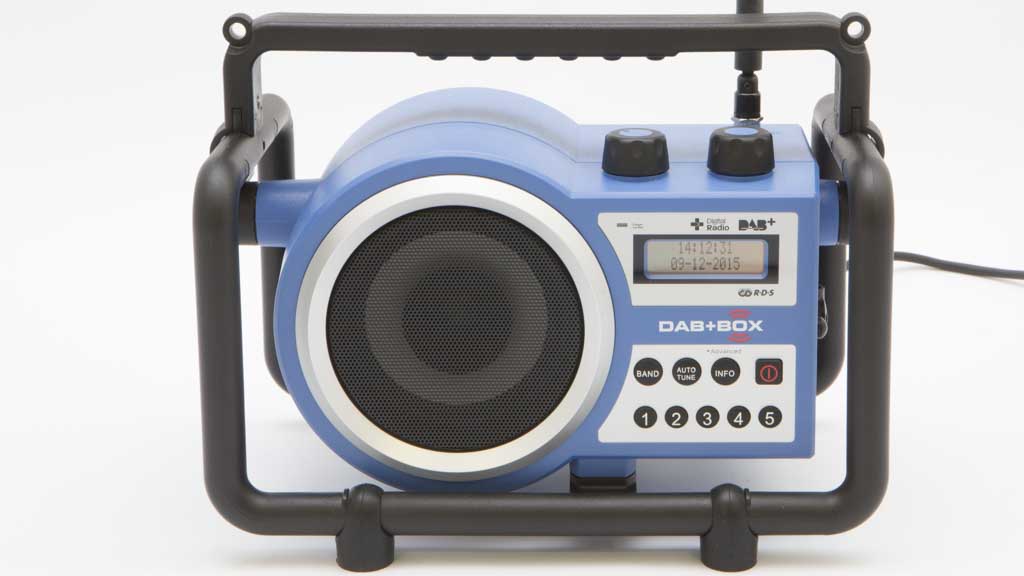
Digital radios come in all shapes and sizes, just like analogue models. You can still get portable and desktop models, and some hi-fi systems have them built in as well. Portable and desktop models can look like old-style traditional radios and the retro 1950s look seems to be in vogue. Contemporary styles are also available though, if you’re feeling less nostalgic.
How to get digital radio in a car
Most manufacturers are including them as standard in most car models. However, they also offer FM, which you’ll no doubt need if you’re driving in regional areas. If you want to add one to your existing vehicle, you can get one fitted by a specialist as this will usually require installation of a specific aerial that can receive digital broadcasts.
Can you stream digital radio online?
You can’t stream digital radio online as it’s broadcast over radio waves rather than the internet, but most stations simulcast online via their websites or apps, so you can stream them to your smartphone, tablet or computer. This is a handy workaround if don’t have a digital radio, particularly in a car with Bluetooth, though streaming will use your data.
Can digital radios pick up AM and FM broadcasts?
Most digital radios, or cars and hi-fi systems with a digital tuner, can pick up FM broadcasts, but you won’t find many with an AM receiver. This isn’t a huge problem if you listen to one of the major AM stations as they usually simulcast in digital, but smaller broadcasters may not.
Environmental benefits of DAB+
Saving energy
Lower energy production when using DAB+ has been a consistent outcome based on testing in Germany, the UK and Swiss research. The reduction of energy compared to broadcasting on AM, FM and DTV platforms indicates an energy saving of anywhere from 50–80%.
A study carried out in Germany found that on FM, the average consumption (for the transmitter) per radio service was 1022 MWh per year compared to 193MWh for a DAB+ service.
Lower costs
The costs for distribution compared to FM broadcasts were also found to be much lower with DAB+, enabling greater investment in content production.
UK Network operator Arqiva published a research study in 2019 comparing the cost of radio distribution using three different transmission platforms – FM, DAB+ and IP.
The study concluded that FM is the most expensive distribution channel, at $0.0019 per hour, followed by IP, costing $0.0083 per hour of distribution. DAB+ was deemed to be the most affordable means of distribution, at $0.00059 per hour.
The study also found that the reduction in transmitter cost from ceasing dual broadcasting, as well as the reduction in energy costs from digital transmitters over analogue, has a net benefit, with an NPV in excess of $354 million.
Can digital radios stream music and online radio?
Some digital radios have Wi-Fi and/or ethernet connectivity, giving you the option to stream audio from internet radio stations, a local server (via DLNA) and music streaming services like Spotify. Check the specs to see which streaming options are available, as networking doesn’t necessarily mean that it will support all online content by default.
If the radio has built-in support for music streaming services, then it should support the ‘connect’ feature. This lets you connect your device to the radio to use as a remote, while the radio streams the music which is better quality than Bluetooth.
Alternatively, most digital radios support Bluetooth and some even have an auxiliary (AUX) input, even if they don’t allow networking. In either case, you can connect your device to stream the audio, while the digital radio basically becomes a speaker.
Other important features
These are some other things to look for when researching digital radios.
- AirPlay: Easy connectivity for Apple devices, with unique functions.
- Alarm: Useful for waking up in the morning, but can also be used to remind you that a program you want to tune into is about to start. DAB+ clock radios are more accurate than normal clock radios and automatically adjust for daylight saving changes.
- AUX input: Handy if you want to connect other devices without dealing with Bluetooth.
- Casting: Easy connectivity for Android devices, with unique functions
- DAB+: Digital radios that use standard DAB won’t work in Australia. Make sure it supports DAB+, especially if you’re importing one from overseas.
- Headphone socket: This lets you plug in a pair of headphones. Pretty much all digital radios use a 3.5mm port.
- Line out: You’ll need this if you want to connect your radio to external speakers or a more powerful sound system, via an amplifier or receiver.
- Remote control: This is so you can change stations and settings without having to get up and fiddle with the radio.
- Screen size and shape: Look for screens that are big enough to read, and ones that let you scroll down because it’s easier than scrolling across.
- Speaker type: Many self-contained models have a mono speaker. Don’t assume they’re all stereo.
- USB: This can be used to play digital music files (e.g. FLAC) but it’s often just an input for firmware updates.
How much do digital radios cost?
In our latest reviews, portable digital radios ranged in price from about $100 up to $450, and desktop digital radios ranged from $250–1000.

